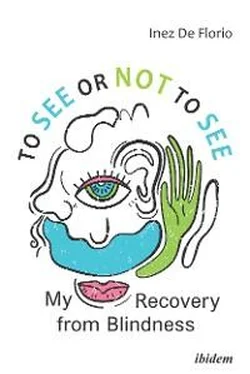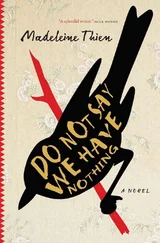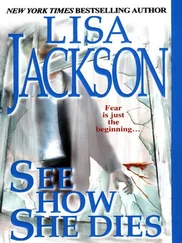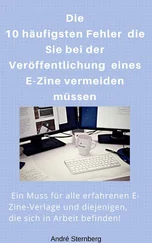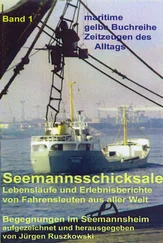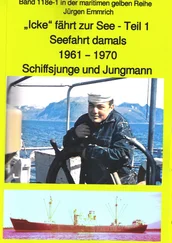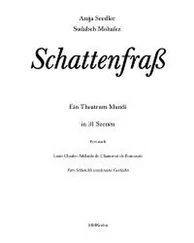How I gradually succeeded in bringing the sense of sight in line with other sensory experiences is explained in the following with the help of numerous details, especially those that are particularly relevant for an adequate assessment of eyesight. As far as I know, I am the first to tell you about these strenuous learning processes, including the setbacks, but also the small and large successes, at first hand. Although there are numerous publications dealing with blindness in literature and visual arts21, they cannot be compared with my experiences. In addition, there are the descriptions of blind people themselves. Similar to Helen Keller, most of them report on how they deal with their blindness.
I became acquainted with these reports and stories over time, because when I had completed the literacy course without much problems—also thanks to the prudence of my former primary school teacher—friends and acquaintances overwhelmed me with books written by blind people and about blindness in general.
I was particularly impressed by the description of the French writer Jacques Lusseyran, who went blind at the age of eight. Nevertheless, he joined the French resistance movement during the Second World War. After his liberation from the Buchenwald concentration camp, he published several books. A distant relative had given me his book And there was light: The extraordinary Memoir of a blind hero of the French Resistance in World War II. 22
Little by little I also received the literary works of sighted authors, such as The Country of the Blind by Herbert George Wells from the beginning of the 20th century23 or The City of the Blind by José Saramago from the 1990s24, in which blindness is mainly used as a metaphor. However, none of these books has impressed me as much as Lusseyran’s. If you have had to struggle with blindness yourself, you can empathize very well with the story of a blind person.
To my knowledge, there is no autobiographical work to date that tells the story of how tiring, but also how satisfying and rewarding it is to learn to see after decades of blindness or severe visual impairment. Even the book Blinder Galerist ( Blind Gallery-Owner ) by Johann König does not change this.25 The report that König, son of the well-known art connoisseur and museum director Kasper König, wrote together with Daniel Schreiber, inevitably bears similarities to the descriptions of other blind or visually impaired authors.
But his case is quite different. When Johann König became almost completely blind in the early 1990s due to an accident while playing with a starting pistol, he was already twelve years old. Up to this point, he had intensive contact with visual impressions through his father: Kasper König took him already as a toddler to exhibitions and the museums he directed. The 30-page picture section inside the book bears witness to this. At home, Johann was also surrounded by art connoisseurs and above all by well-known painters and sculptors, who regularly visited the König family—mother Edda was also interested in art. Johann’s sense of sight was therefore already very well developed at the time of the accident.
In the two years after the accident, Johann was operated on more than 30 times, sometimes with minor successes, which never lasted long. Finally, he attended the well-known German Institute for the Blind (BLISTA) in Marburg, where it was now possible to take the Abitur , the qualification granted at the end of secondary school. Living in a boarding school with other blind children and young people was an enrichment for him, as he was able to determine his own life to a large extent—unlike at home. When he had to realize that he would be denied a career as an artist, he decided to open a gallery.
In 2002, shortly before his high school graduation, he founded a gallery called Johann König, Berlin , which was initially in the red, but within five years became one of the most important international galleries for modern art. After innumerable further operations, a special corneal transplantation procedure finally leads to a remarkable success in 2007. König recovers 30–40% of his sight. He describes his joy and relief, but has no difficulty whatsoever with his regained vision. The main focus of his book is on modern art, the art business and especially on his professional activity as a gallery-owner. These descriptions make up more than seventy percent of the text. König’s message is: Even with such serious limitations, you can make it! He substantiates this statement with numerous quotes from recent literature. Johann König is not a blind gallery-owner; he was blind when he founded his gallery and ran it with a team of employees from 2002 to 2007, the year of his most successful operation to date.
Up to now nobody before me has ever described what learning to see means for the assessment of the sense of sight and the perception of each individual. The fact that I have largely succeeded in learning to see is certainly due to the fact that I was not completely blind, but could distinguish light from dark. On the other hand, I would not have come so far without the empathy and support of my husband. Oliver Sacks also reports on the corresponding learning processes, using Virgil as an example, but at second hand. In addition, Sacks takes on the role of the observer, as already mentioned. He shows great understanding for Virgil, but, like all the patients he describes, he does not give him any psychological help. Yet appropriate psychotherapeutic treatment should have been offered long ago—in connection with this kind of surgery.
Конец ознакомительного фрагмента.
Текст предоставлен ООО «ЛитРес».
Прочитайте эту книгу целиком, купив полную легальную версию на ЛитРес.
Безопасно оплатить книгу можно банковской картой Visa, MasterCard, Maestro, со счета мобильного телефона, с платежного терминала, в салоне МТС или Связной, через PayPal, WebMoney, Яндекс.Деньги, QIWI Кошелек, бонусными картами или другим удобным Вам способом.
